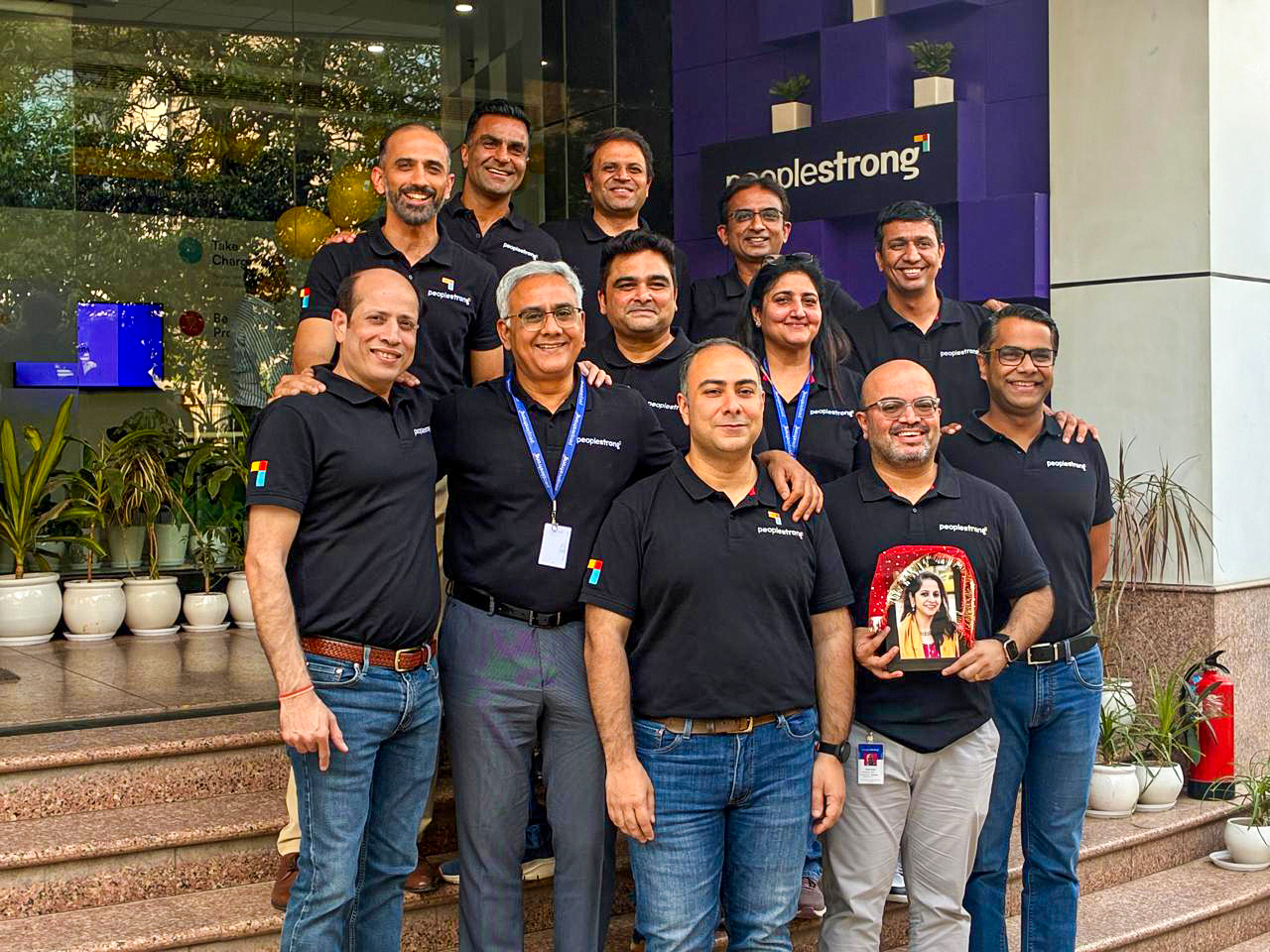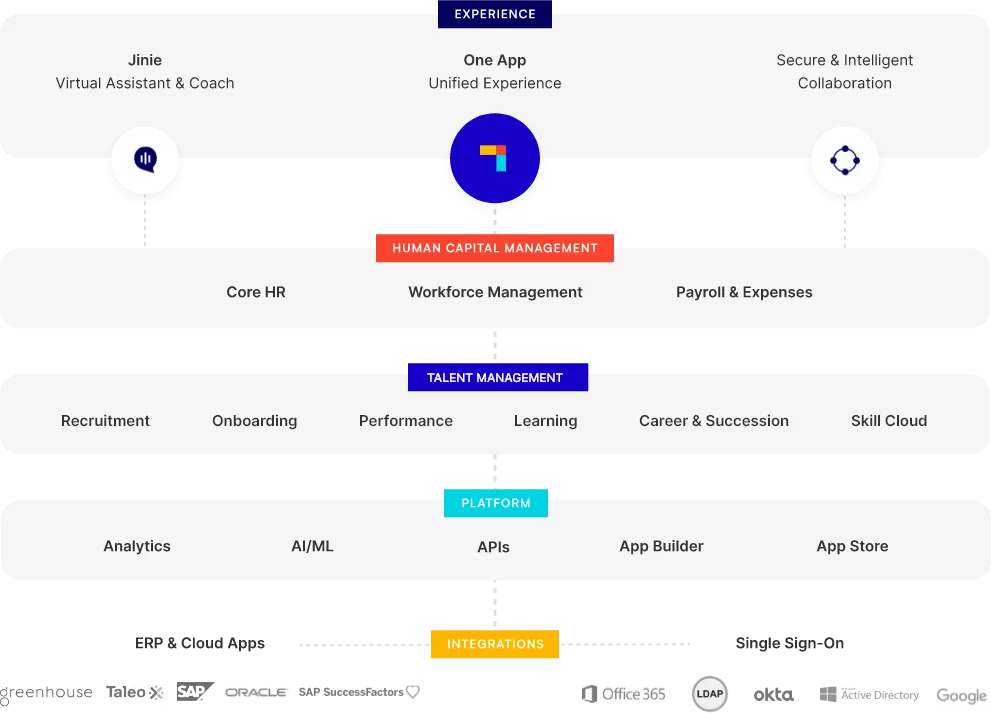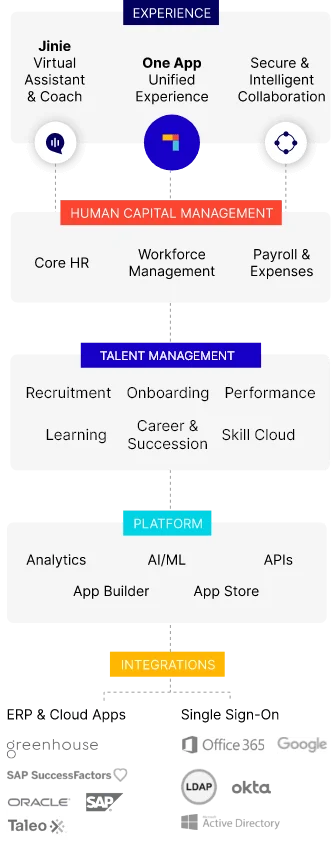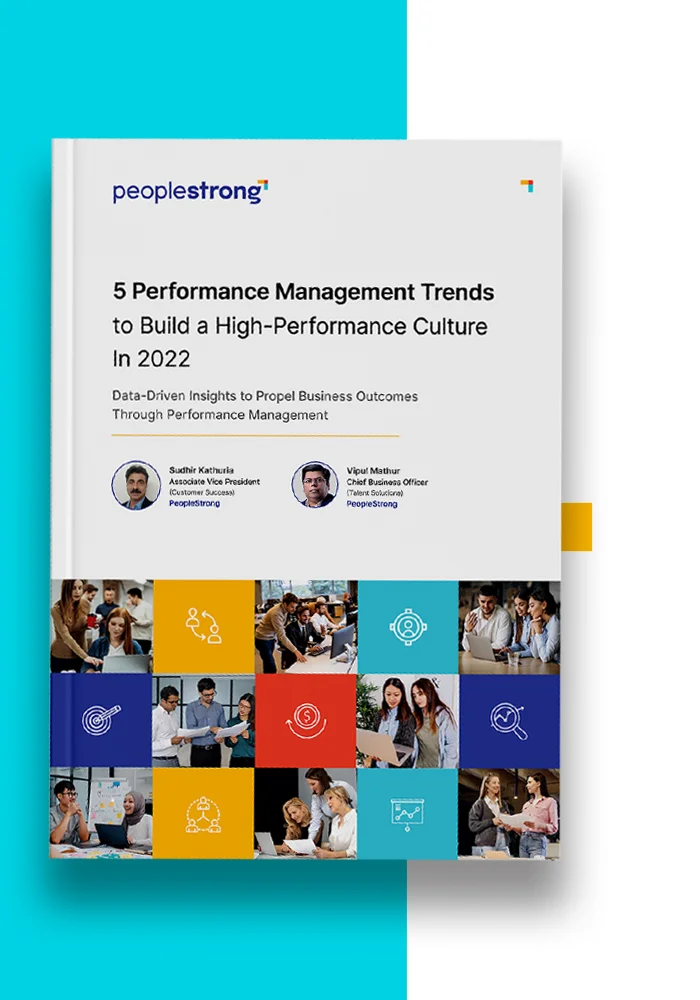The Middle East business landscape is emerging as a powerhouse of young and dynamic talent. The workforce is already thinking ahead, in five-year plan terms, to understand how they can bridge the job-skills gap. According to 62% of respondents, green skills will play a crucial role in shaping their careers.
Furthermore, with digitization initiatives still thriving in the Middle East, 75% of respondents in the next five years emphasised digital skills as one of the top priorities for careers.
Needless to say, getting a pulse of what’s driving the talent in the Middle East is key to hiring strategically. In this blog, we’ll explore the top challenges organizations in the Middle East are facing and look at the 10 latest recruitment strategies you can use to counteract them. Let’s go!
3 Challenges of Recruiting in the Middle East
The recruitment landscape is particularly challenging in the Middle East.
Recruiters are struggling to capture the attention of qualified job seekers, create a positive first impression, and hire job-ready candidates. Here are a few plausible reasons for this:
1. Businesses are being mandated to drive more local talent representation

According to a recent PwC report, the government may be requiring a higher percentage of Emirati workers in the private sector. Currently, 89% of the population and 92% of the workforce are foreign workers, which is a major contributor to the UAE’s economy!
While this is a step in the positive direction, finding the right talent fit for harder-to-fill roles within the local population can be a tough nut to crack.
2. Businesses are dealing with widening skills gaps
For most people in the Middle East, the public sector has a stronger appeal due to better status, aligned values, perception of highly rewarding and well paid jobs, and greater scope for job flexibility. This means finding talent for private organizations is becoming an uphill task. The Middle East is also facing with a serious issue of brain drain, leaving a significant vacuum in terms of economic growth.
As per some estimates, 2023 was particularly a challenging year as the job market was correcting itself after a year of constant hiring in 2022.
3. Businesses are dealing with seasonal shifts in the Middle East
Months of March and April tend to slow down business-wise due to Ramadan. During this time, there’s generally less movement of talent and people tend to stick to their existing jobs instead of experimenting. Even summer months with temperatures soaring in June and July tend to be slower months of business. There’s generally an influx of job seekers from August.
The best way to reduce recruitment friction is by making research a part of your recruitment strategy (more on that later).
But First, Why Build a Good Recruitment Strategy?
Let’s first understand why you need a recruitment strategy in the first place.
Approaching recruitment strategically paves the way for:
- Happier employees: Currently, 20% of Emiratis in the UAE private sector are less satisfied with their compensation and benefits packages. Recruiters can leverage insights like these and alter their job offers to showcase how the organization encourages competent salaries as well as incentives.
- Productive hiring: Using niche job boards like Naukrigulf, Dubizzle, GulfTalent, etc., instead of looking at more global portals like LinkedIn, Glassdoor, etc., is more effective in building a local candidate pool of qualified talent.
- Brand awareness: The Middle East has emerged as a melting pot of lucrative work opportunities. Rising economies, technological advancements, and shifting demographics are leading to fierce competition among top-performing talent. Businesses that recruit, keeping the potential candidate’s interests at heart, will gain from top-of-mind calls and increased brand awareness.
Leveraging recruitment software will help you realize these benefits quickly without compromising on talent quality.
How to Develop a Recruitment Strategy?
A well-conceived recruitment strategy starts with auditing your current talent acquisition strategy and ends with acting on candidate feedback collected. Clearly, it’s not just about finding the right people—but the right approach.
Below is a step-by-step guide to crafting your recruitment strategy plan:
Step 1: Ask – Have a good understanding of your organization’s hiring needs?

Did you know 69% of Emirati graduates want greater job stability? It is data like this that can inform your recruitment strategy and make it more effective.
So, the first step is to know your organization inside and out:
- What are your hiring goals?
- What kind of talent do you need to bridge the skills-roles gap?
- What does the anatomy of your recruitment process look like?
Insights into these questions will help narrow your search to candidates who have gained new skills and experience that fit the bill.
Here’s a sample recruitment process template by PeopleStrong. You can make your own by adding the personalized needs of the Middle Eastern hiring market.
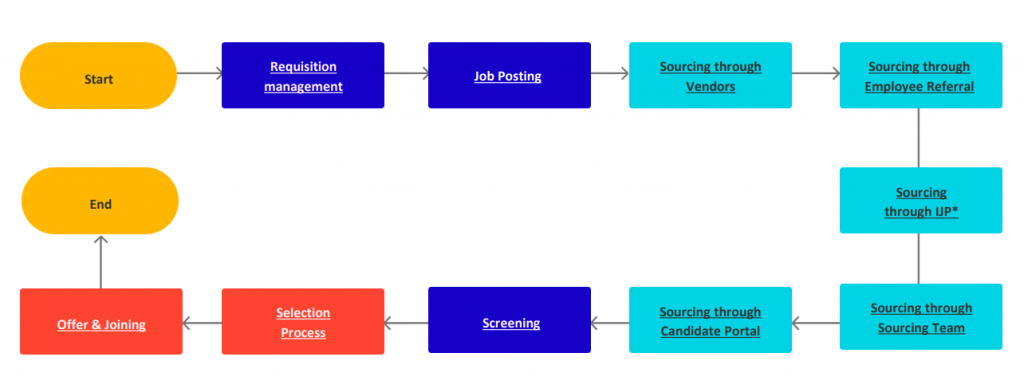
Step 2: Audit your current talent recruitment strategy and align it with your candidate’s expectations.
Auditing your current hiring process allows you to understand whether your recruitment efforts are a hit or miss. So, make sure to:
- Analyze whether you are using relevant key performance indicators to measure success
- Define the roles you are hiring for
- Assess the best formats for advertising jobs
- Evaluate strategic criteria for determining top talent
With a granular understanding of all these areas, you’ll be able to get high-quality candidates quickly.
Step 3: Don’t embrace a blanket approach.
When it comes to recruitment in the Middle East, one size certainly doesn’t fit all. Different roles will require different approaches so you must strategize accordingly. For instance, based on your ideal candidate profile, you may find advertising job descriptions on niche job boards like Bayt—the #1 job site in the Middle East—to be more effective than using platforms like LinkedIn.
Additionally, if you’re hosting recruitment events, using a QR code generator can allow candidates to instantly access application forms, event schedules, or additional information about your company, ensuring a seamless and efficient experience during in-person or virtual recruitment drives.
Step 4: Collect, analyze, and act on candidate feedback.
Don’t forget about gathering candidate feedback, especially during exit interviews. Your ex-talent’s opinion is a gateway into valuable information about what’s working and what isn’t within your recruitment process. This feedback is a goldmine of information that can help you pivot and build a better candidate experience.
Step 5: Embrace consistency.
Finally, remember to factor in a long-term talent recruitment strategy within your plan. Think about creating a talent community where you drive consistent messaging, engage with interested job seekers, and work up your organization’s branding. This way, you’ll be able to keep top talent in the loop and hire them for future roles that are a better fit.
Suggested Read: 5 Essentials Every Recruiter Must Have in Their Recruitment Kit
10 Recruitment Strategies to Attract Top Talent in the Middle East
The success of your recruitment strategy rests on how well you align your organization’s goals with the candidate’s experience and expectations. Here are 10 recruitment strategies to attract the best talent in the Middle East:
1. Make Onboarding a Part of Your Recruitment Strategy
Viewing your recruitment and onboarding process in isolation is a big mistake.
Once you’ve hired the right candidate, it’s time to move into the next leg of recruitment, aka onboarding.
Invest in a strategic applicant tracking system to better manage your hiring and recruitment processes, filter candidates, set up reminders and appointments, and onboard new hires.
PeopleStrong’s onboarding software empowers you to create a seamless pre- and post-joining experience for employees:

A customized onboarding experience for new hires converts them into brand advocates. Hiring managers can use a centralized dashboard to:
- Roll out a job offer
- Send company culture videos, knowledge base articles, how-to blogs, and forms to help the candidate learn about the organization and give feedback
- Help the new hire understand the rules, guidelines, and policies of the company
When searching for a recruitment software, ask:
- How will you integrate onboarding into your recruitment strategy?
- What steps will you take to personalize the onboarding experience for new hires?
- How will you ensure that new hires understand their roles and responsibilities?
- What technology will you use to streamline your recruitment and onboarding processes?
- How will you collect feedback from new hires to improve the onboarding process?
- How will you introduce new hires to your company’s culture and values?
- Will you assign mentors to new hires? How will this benefit the onboarding process?
If you’re looking to hire remote workers, check out this HR checklist for hiring and onboarding remote employees.
2. Make Your Career Page Shine with Engaging Job Postings

Your job description is the first window of opportunity to show (not just tell) qualified candidates how your organization stands out.
With a recruitment tool, you can publish job postings on the fly to a wider audience, connect with your candidate pool, and build excitement about open roles within your company.
Here’s an example of a well-conceived job offer, which gives a low down of the job responsibilities and qualifications needed:

Pro tip: Use the Career page to talk about open roles, share relevant blogs on company culture, showcase awards won, promote diversity statistics, and walk the candidate through the company’s intrinsic culture.
3. Tap Into Hidden Talent Pools, Level Up Your Sourcing Game
Sure, you must post job offers on sites such as LinkedIn, Indeed, Glassdoor, and more to connect with potential candidates, but your search shouldn’t stop there. You must activate passive candidates and expand your search with the right recruitment technology.
Here’s a list of forgotten channels and platforms to use and level up your sourcing game:
- Post on relevant social media handles
- Scout talent in networking events
- Put up the job description on niche job boards such as Bayt, Naukrigulf, Dubizzle, etc.

- Write blogs on your recruitment process on platforms like Quora, Medium, Reddit, etc.
- Reach out to past applicants, veterans, mothers and caregivers, candidates with disabilities, etc., if the role is relevant
- Look within the company talent pool and encourage internal mobility between roles
You can also look at specific demographics like MG Motor India did. The brand wanted to hire more women employees across its sales and service outlets. It leveraged PeopleStrong, an AI-powered platform, to drive digital talent matchmaking, get data on specific skill sets within the candidate pool, and hire candidates strategically. Sometimes, looking at an untapped pool of candidates pays off huge dividends, as it did for MG Motor.
4. Create a Winning Employee Referral Program
Want to reduce some of the workload on your recruitment team? Set up an employee referral program, which includes:
- Substantial bonus for difficult-to-hire job roles
- Incentives for referrals from an underrepresented group
- Rewards for referring multiple candidates who get hired
For instance, Robert Walters has an employee referral program, which offers a gift EMAAR voucher reward of up to AED 1,000 if talent comes in via employee referrals:

To create a successful program, consider these tips:
- Determine what you aim to achieve with the program, such as reducing time-to-hire or improving the quality of hires
- Establish clear guidelines for the program, including eligibility criteria, reward structure, and communication plan
- Spread the word about the program through various channels, such as email, company intranet, and meetings
- Monitor the program’s effectiveness by tracking strategic KPIs such as referral rates, time-to-hire, and quality of hires
5. Showcase Your EVP and Culture with Branding Genius
Showcasing your brand’s Employee Value Proposition is instrumental in getting top talent through the door.
You can create a recruitment video or a dedicated culture page, as PeopleStrong demonstrates below, to introduce potential employees to your company, its mission, and its culture in a fun way:

Taking a few minutes to explain these aspects along with the job can help provide a clear picture to candidates before they step through the door. This approach helps vet candidates and attracts those who are genuinely interested in aligning themselves with your company.
6. Fuel Decisions with Data and AI, Not Doubts
Your recruitment process should not be driven blind. You need actionable, real-time data to make informed decisions on what’s sticking. This is where investing in a recruitment tool pays off.
A good recruitment tool provides insights into your hiring pipeline, candidate sourcing effectiveness, and interview performance. More importantly, recruitment tools can reduce human dependence and digitize HR processes.
💡 Case study : How a Leading Housing Finance Company Managed 90% of their Employee Queries through AI
The objective: To digitize HR processes completely and move beyond the traditional methods of using spreadsheets, emails, and biometric devices.
The solution: The brand implemented a comprehensive HR Tech solution with modern features for recruiting, onboarding, leave-tracking, attendance, Employee Lifecycle Management, etc., leading to HR efficiency:
The tool helped the brand:
• Reduce human intervention for data maintenance
• Create a central repository for employee information
• Set up a secure data-sharing tool for internal communication
• Create a digital talent pool and attract high-potential talent
• Establish a centralized system to conduct structured employee onboarding and training
The results:
• 96% adoption rate in the organization within 3 months of going live
• 85% of employees rely on mobile apps for daily check-ins and communication
• 90% of employee queries were answered by Jinie, an AI-enabled HR chatbot
• 100% of MIS and analytics dashboards became accessible in real-time
Read Full Case Study: A Housing Finance Company Automated 90% Of Employees Queries Using AI
7. Boost Brand Presence—Online and Offline
Recruiting is a bit of a show-off game, but for the right reasons. You need to constantly promote your brand across offline and online channels. This is exactly what Adnoc does via its “Investing in our communities” page:

The idea is to promote your brand as a whole and under a specific lens that your potential employees can identify with.
So, when promoting job roles, talk about the company and its culture—humanize the brand to the extent possible. More importantly, whether you use an online or an offline channel, you must elaborate on how candidates can hear back from you and where they can find more information about open roles.
8. Build a Digital-first Strategic Recruitment Strategy and Improve Candidate Experience at Every Milestone
Whether you go for a video interview platform, an AI chatbot, or an end-to-end recruitment software, make sure that the tool helps you streamline and automate routine tasks.
Your end goal should be to help the team focus on other aspects of recruiting like addressing a potential candidate’s pain points and getting them on board instead of wasting time doing admin tasks.
Pro tip: With hybrid working becoming more and more commonplace, you need software to conduct virtual interviews.
9. Hire for Soft Skills: The Bright Side of Recruitment
When hiring talent, don’t just look at the technical skills. Pay equal attention to the candidate’s soft skills, such as communication, teamwork, adaptability, problem-solving, and leadership.
These must-have skills will help determine:
- How well an employee will fit into your company culture
- How candidates will interact with colleagues and clients
- How effectively the talent will tackle new challenges head-on
Hiring for soft skills creates a harmonious and productive workplace—one where employees are better equipped to collaborate and innovate.
10. Ace Your Interviews: Optimize, Improve, Impress!
Optimizing your interview process improves your chances of finding the right candidate for your team and leaves a lasting impression on potential hires.
To nail your interviews, follow these key tips:
- Familiarize yourself with the candidate’s resume and prepare relevant questions to assess their skills and fit for the role
- Make the candidate feel comfortable and welcome to encourage open and honest communication
- Ask questions that prompt candidates to discuss specific examples from past experiences
- Pay attention to the candidate’s responses and ask follow-up questions
- Use the interview as an opportunity to showcase your company’s values, culture, and vision
- Send a thank-you email to candidates after the interview to express your appreciation for their time and interest in the position
Ready to Overcome Recruitment Challenges with Technology?
The Middle East is a bustling economic hub. While there’s no dearth of top talent, the same cannot be said for connecting with said talent.
Often, there’s a mismatch between the employer’s needs and the employee’s skills. Alternatively, employee expectations also take a back seat, sometimes leading to missed hiring opportunities.
The need of the hour is for hiring managers to reinvent their recruitment strategies and keep up with the demands of the Middle East hiring landscape. Why not try PeopleStrong—voted the best recruitment software for talent-focused enterprises across APAC? Sign up for interactive demos and give your recruitment strategy a boost.


